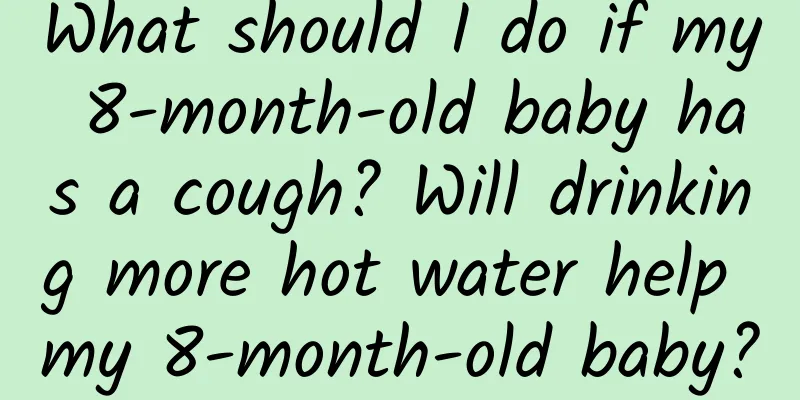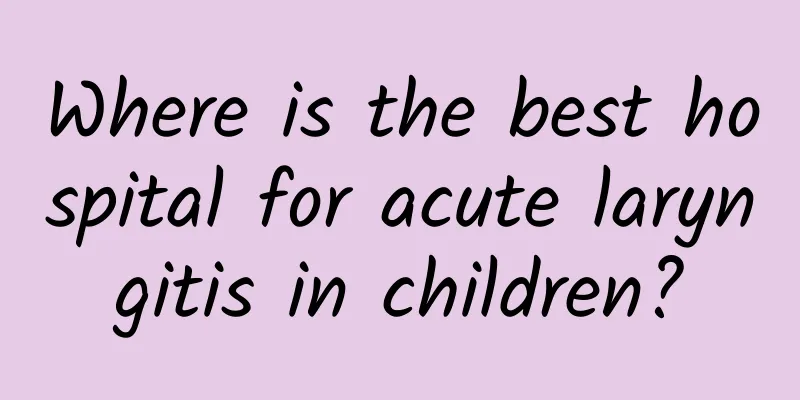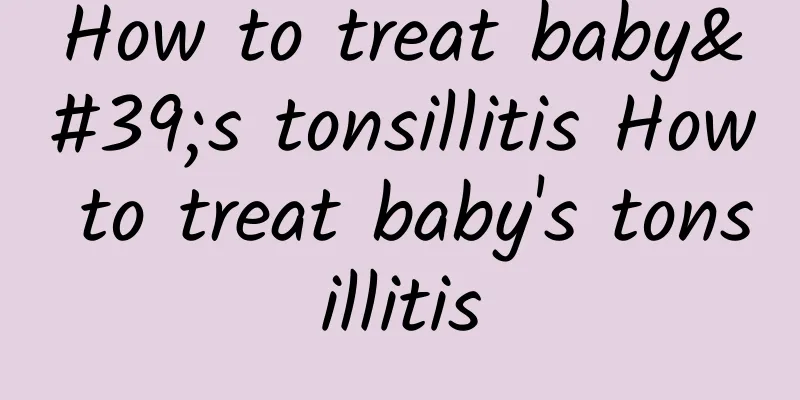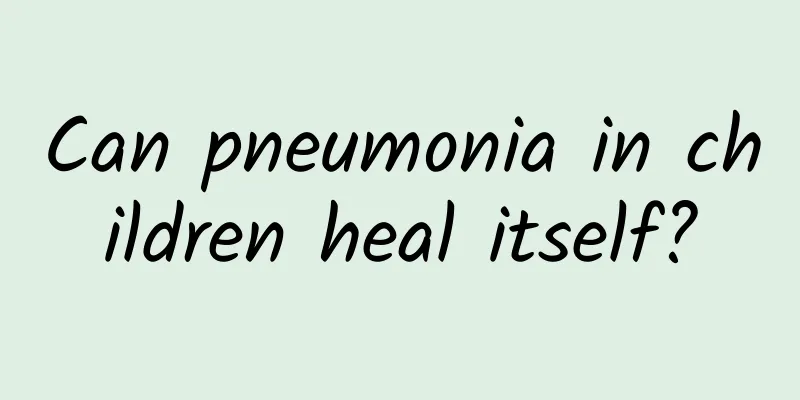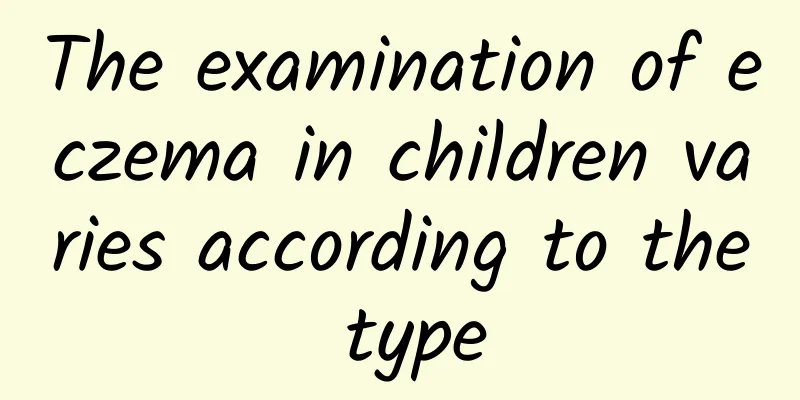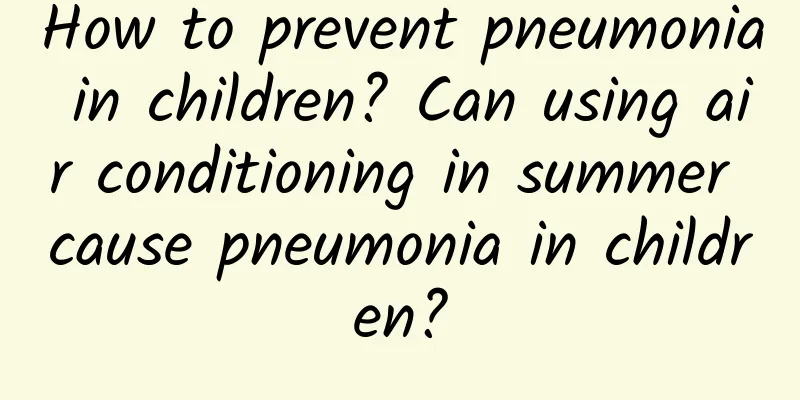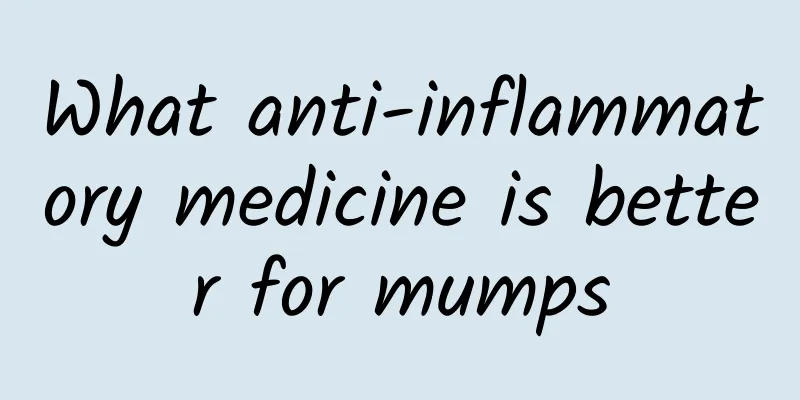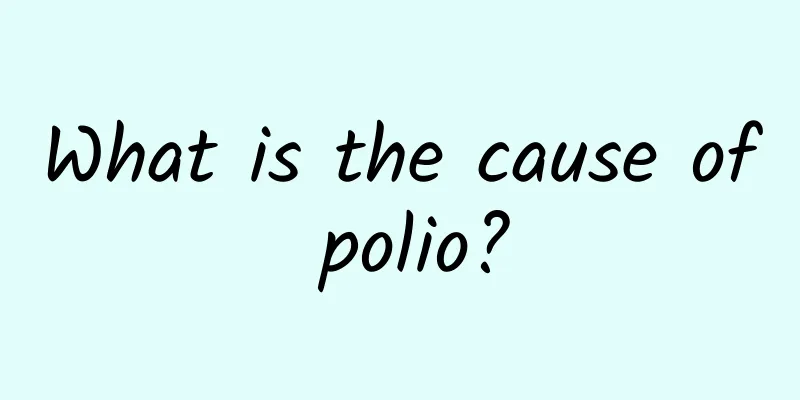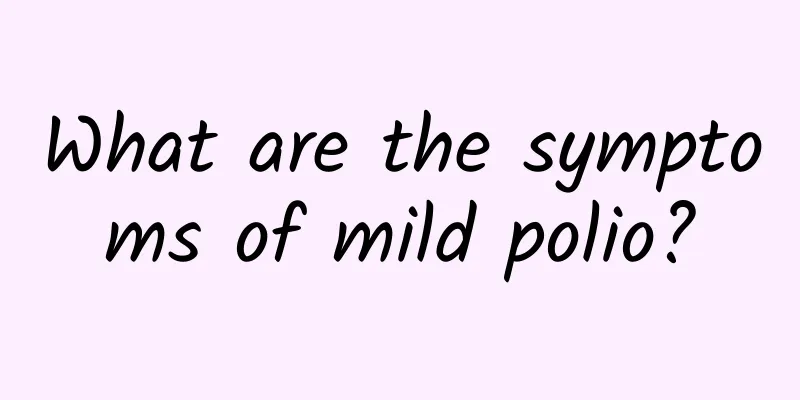How to properly care for babies with pneumonia? Pneumonia in children has three serious consequences
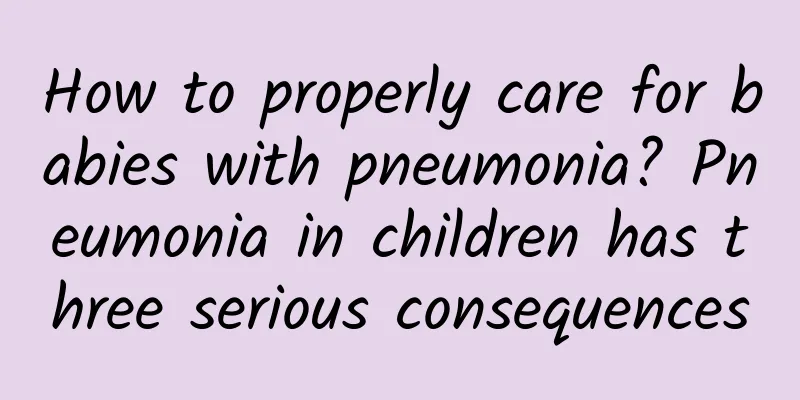
|
Pediatric pneumonia is a common respiratory disease in children. Many parents will be scared when they see their children coughing, fearing that their children will have pneumonia. Even if the children are suffering from it, parents should not be nervous. Let’s see what are the care methods for pediatric pneumonia? The dangers of pneumonia in children Pneumothorax: Pneumothorax is prone to occur in cases of Staphylococcus aureus pneumonia. At this time, the high fever persists or the body temperature rises again after it drops, coughing is frequent, breathing is rapid, and the patient cannot lie still. One side of the chest is full. Hypoxic encephalopathy: When pneumonia causes breathing difficulties and severe hypoxia, children may vomit, have headaches, become drowsy or restless, followed by coma and convulsions. Encephalopathy is rapid, aggressive, and severe, often intertwined with multiple complications, which affect each other, making the condition more complicated and causing a high mortality rate. Toxic shock: body temperature rises suddenly to 40-41℃ or drops suddenly, chills, pale complexion, irritability or coma, sweating, marbleized skin, decreased blood pressure or unmeasurable blood pressure, and changes in multiple organ functions. The symptoms are severe. Nursing methods for children with pneumonia Fresh environment. A quiet, clean environment with appropriate temperature and humidity is conducive to the recovery of children with pneumonia. The room temperature should be kept at around 20℃ and the relative humidity should be 55-65% to prevent respiratory secretions from drying up and making it difficult to cough up, thus preventing cross infection. There should not be too many people in the room where the baby stays, and visitors should not stay too long. The room should be ventilated regularly to ensure air circulation, but drafts should be avoided, which is conducive to the recovery of pneumonia. Breathe smoothly. When children suffer from pneumonia, they are restricted and have varying degrees of hypoxia in their bodies. Therefore, mothers should promptly remove nasal crusts, nasal secretions, and respiratory sputum to improve ventilation function, increase alveolar ventilation, and correct hypoxia. Avoid spicy food. Spicy food is very irritating and can easily generate heat and damage body fluids. Therefore, chili oil, pepper and spicy condiments should not be added to the diet of children with pneumonia. Avoid eating polysaccharides. Sugar is a calorie supplement with a simple function and basically does not contain other nutrients. If children with pneumonia eat more sugar, the bactericidal effect of white blood cells in the body will be inhibited. The more sugar is consumed, the more obvious the inhibition will be, which will aggravate the condition. Replenish water and nutrition. Most children with pneumonia will have a fever, faster breathing, more water loss, and sputum that tends to be viscous. Therefore, parents should pay attention to feeding their children more water. They can also feed them rice soup, vegetable juice, light fruit juice, etc. This not only replenishes water but also vitamins. Infants and young children who are unwilling to drink milk or eat should be fed in small amounts many times, but they should not be forced to feed, so as not to cause vomiting or choking of food into the trachea to cause suffocation. Children with a lot of sputum that is not easy to spit out should lie on their side and turn over frequently so that they can expel the sputum. Expelling sputum is very important because there are a large number of bacteria and viruses in sputum. Expelling them can reduce pathogens in the body, keep the child's respiratory tract unobstructed, and improve oxygen supply. In addition, the child's diet at this time should be nutritious and easy to digest, such as fresh fish soup, egg drop soup, supplemented with a small amount of vegetables with little residue. Rest quietly. Babies with mild pneumonia can recuperate at home. In order to avoid wasting energy, they must rest quietly and not move around. If the baby is unwilling to sleep in bed, you can let the baby play with light toys to ease his mood. Clear the nasal mucus. You can use a nasal suction tube to help your baby suck out the nasal mucus. If there is too much nasal mucus, it will flow back into the throat and cause coughing, so you should help your child clear the nasal mucus in time. |
>>: What are the nursing measures for children with pneumonia? How to tell if a child has pneumonia
Recommend
Treatment of pneumonia in children
Neonatal pneumonia is also a relatively common di...
How to cure convulsions in children
How to cure convulsions? The occurrence of convul...
What should I do if my child keeps coughing and has allergic rhinitis?
When children cough repeatedly and have allergic ...
What to eat for breast milk diarrhea
What is good to eat for breast milk diarrhea? Thi...
How to identify pneumonia in children? Five key points to prevent pneumonia in children
Pneumonia refers to inflammation of the lung pare...
What is the ointment for mumps called?
What is the ointment for mumps called? The ointme...
Traditional Chinese medicine for treating hernia in children Traditional Chinese medicine for treating hernia in children
Traditional Chinese medicine is used to treat her...
Can acute laryngitis in children be cured?
Can acute laryngitis in children be cured? This i...
Causes of polio in children
Polio, medically known as poliomyelitis, is mainl...
How long is mumps contagious?
How long is mumps contagious? 1. Mumps generally ...
What causes jaundice?
Neonatal jaundice is a disease with a very high i...
What should I do if my 8-month-old baby has indigestion? What are the symptoms of indigestion in babies?
8. Indigestion in infants After the holidays, the...
What medicine should children take for cough
Children need to take four main types of drugs fo...
Is mumps contagious?
Purulent mumps is not contagious. It is a local p...
Can Kawasaki disease be cured?
Kawasaki disease is a rare disease. So can it be ...
